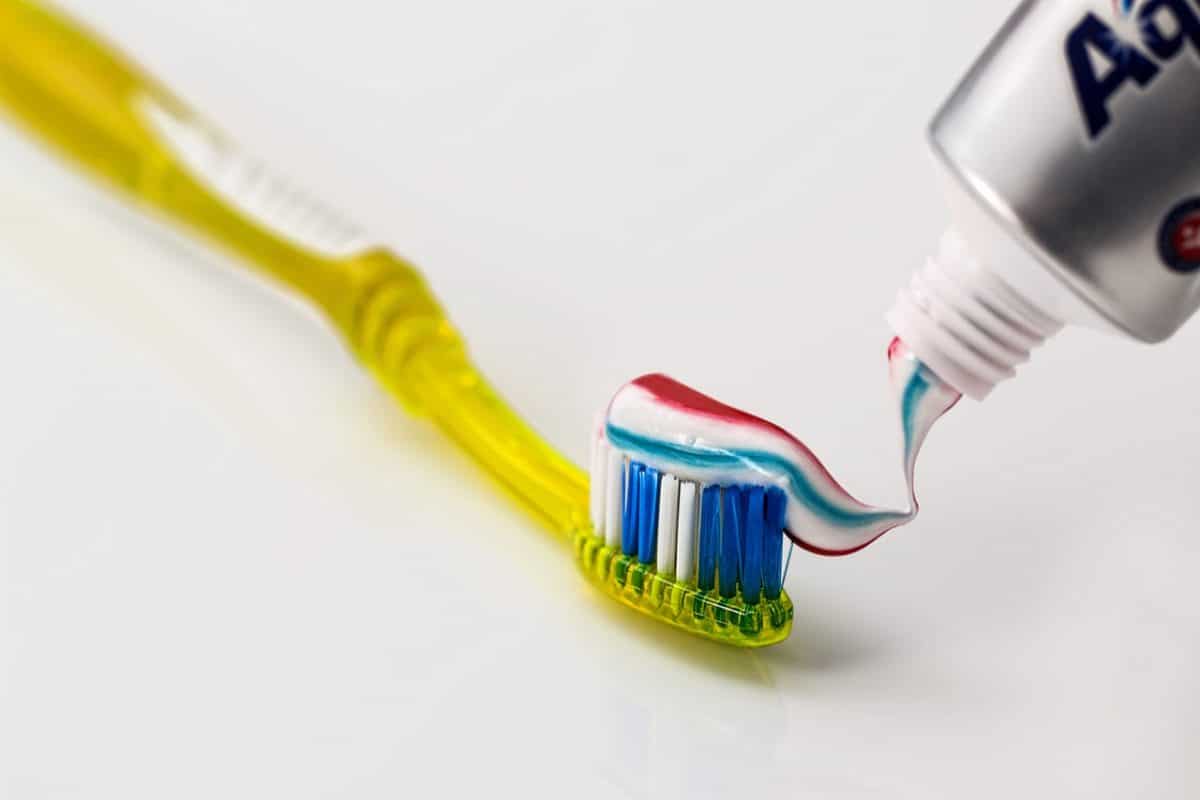Dental practices face a lot of headwinds. In a recent survey, small business owners were asked what their biggest concern was, and surprisingly it wasn’t healthcare costs or customer demand, both of which tied for second. The number one challenge small business owners said they face? Taxes.
We’ve heard a lot of commentary over this past week regarding President Trump’s proposed tax plan and, in today’s political climate, depending on the source, you’ll get a bag of mixed reviews. Opponents of the president seem to focus on a negative spin, and supporters are finding a positive spin. As an example, these are headlines found this past week in well-known publications:
“Trump’s Tax Plan Is Very Good For Trump” – Huffington Post
“Why the Trump tax plan stinks” – Washington Times
“Trump’s Tax Plan Is Meant to Benefit Small Businesses, But Would Aid the Wealthy Instead” – Inc
“Trump tax plan: Anything that grows the economy is a good thing” Fox Business
If there is something we can all agree on, it’s that we can’t all agree. However, when it comes to dental practices, we can look to some very specific items in the changes to the tax code to help us determine if the changes stand to benefit or hurt most dental practices. Let’s take a look.
1. 25% pass-through rate for sole-proprietors, partnerships and s-corps
Perhaps the biggest change in the tax code for dentists would come from a 25% tax rate for pass-through business entities. This would apply to sole-proprietors, partnerships and S-corps (which is the most common business structure we see among dentists). Currently, a small business owner does not pay taxes like a corporation does. Instead, the taxes from the revenue of the business get ‘passed through’ to the individual’s tax return. Since most dentists fall in a tax bracket higher than 25%, this would present a tax savings to those dentists who have structured their practice as a pass-through business entity.
2. Corporate tax rate lowers from 35% to 20%
For dental practices set up as corporations, under Trump’s plan, a drop in the corporate tax rate — from 35% to 20% — would be seen. While most corporations have an effective tax rate lower than 35%, lowering it to 20% should still present a significant tax savings for dental practices set up as corporations.
3. The standard deduction is doubled
A big change on a dentist’s individual tax return will be in the standard deduction. For couples who are married filing jointly, the standard deduction is increasing from $12,700 to $24,000. Individuals filing single would see an increase from $6,300 to $12,000. This will help to decrease the taxable portion of an individual’s income.
4. 7 individual tax brackets have been cut to 3.
There would be just 3 tax brackets 12%, 25%, and 35%. With most dentists falling in the top tax bracket at 39.6%, they would see a tax cut. There is room in the bill to add 1 more tax bracket higher than 35%, so look for there to be more debate and a possible change to this part of the bill. As it stands right now, those in the top tax bracket should see a tax cut.
5. The Alternative Minimum Tax (AMT) is repealed
A highly controversial item on this proposal is doing away with the Alternative Minimum Tax. The AMT is a secondary tax that was originally put into place to prevent high income wage earners from being able to find loopholes in the tax system to essentially lower their tax liability lower than what is reasonable. By repealing the AMT, high income wage earners would no longer be subject to this secondary tax.
Dentists have unique challenges when it comes to managing their practice, and the current tax code is one of them. In addition to the items mentioned, there are many other parts of the code that will affect dentists in their practice as well as their individual tax returns. Of course, beyond the scope of this article is a broader discussion about how the tax changes will impact our economy as a whole. However, our initial assessment is that most dental practices will fare well under the new tax code if it is passed as / is.



You must be logged in to leave a reply.